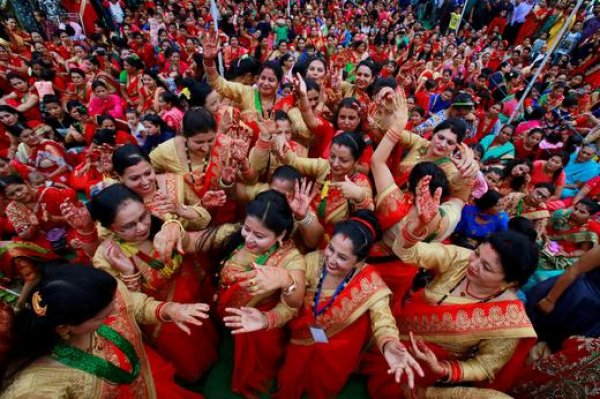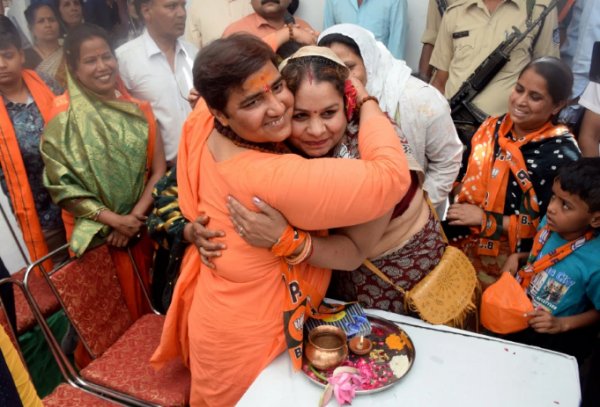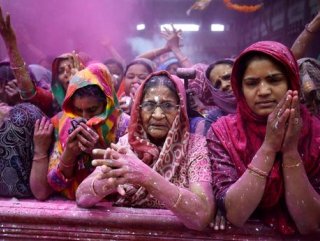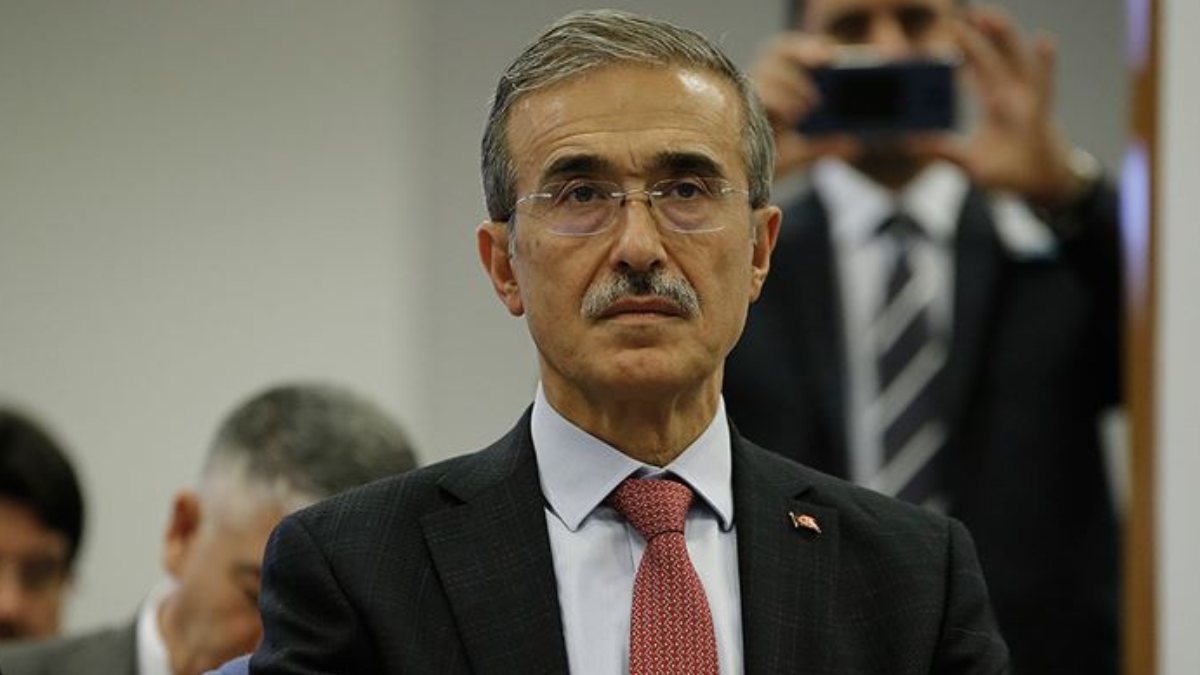The number of women elected to parliament has increased substantially, according to the latest figures about the just-concluded Indian elections.
THE NUMBER OF WOMEN ELECTED TO PARLIAMENT HAS INCREASED SUBSTANTIALLY
Of 716 female candidates who ran for office, 78 were elected to the 17th Lok Sabha, or lower house. India’s parliament is bicameral with the Lok Sabha consisting for 545 seats and the Rajya Sabha, or Upper House, has 250 seats. The results declared May 23 showed Hindu nationalist Bharatiya Janata Party (BJP) won a landslide, securing 302 seats in the lower house.
Five hundred and forty-three were elected through voting and two will be appointed by President Ram Nath Kovind. More than 8,000 candidates ran in the elections.

In the last elections in 2014, 62 women made it to the parliament and 58 won in 2009. Since 1952, when Indian held its first Lok Sabha elections, women representation has gradually grown from 5 percent to 14 percent. But that figure still lags behind other countries, including Rwanda at 61 percent, South Africa 43 percent, UK 32 percent, US 24 percent, Bangladesh 21 percent and Turkey who has 17.3 percent. Data shows of 543 parliamentarians, 300 will be first timers, 197 have been re-elected while 45 others were previously in parliament before 2014.

Thirty-nine percent of the 543 parliamentarians identified “political and social work” as an occupation while 38 percent are engaged in agricultural activities and 23 percent are in business. Only 4 percent are lawyers, the data shows. Several said they are engaged in more than one occupation.
The new list of parliamentarians shows 394 have a bachelor’s degree and 27 percent have studied until high school.













